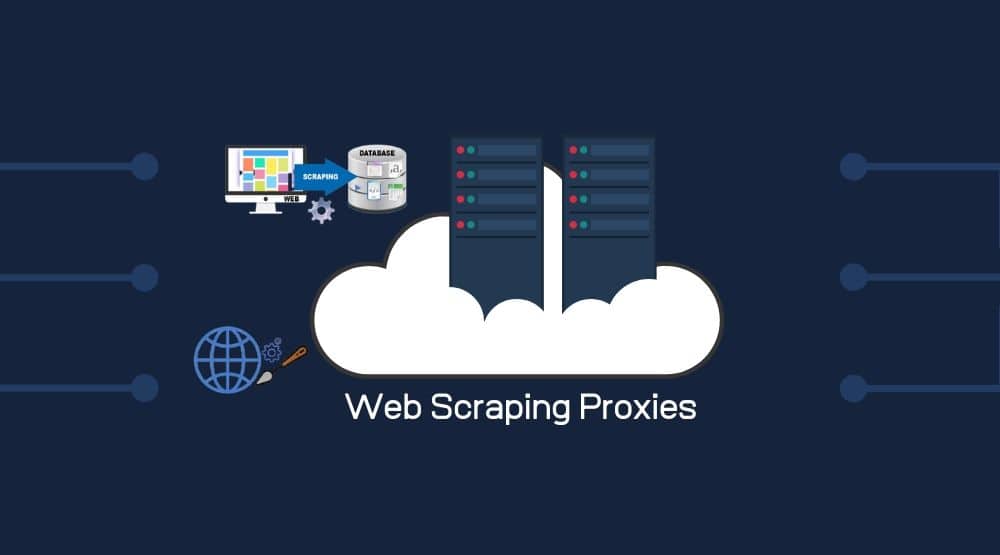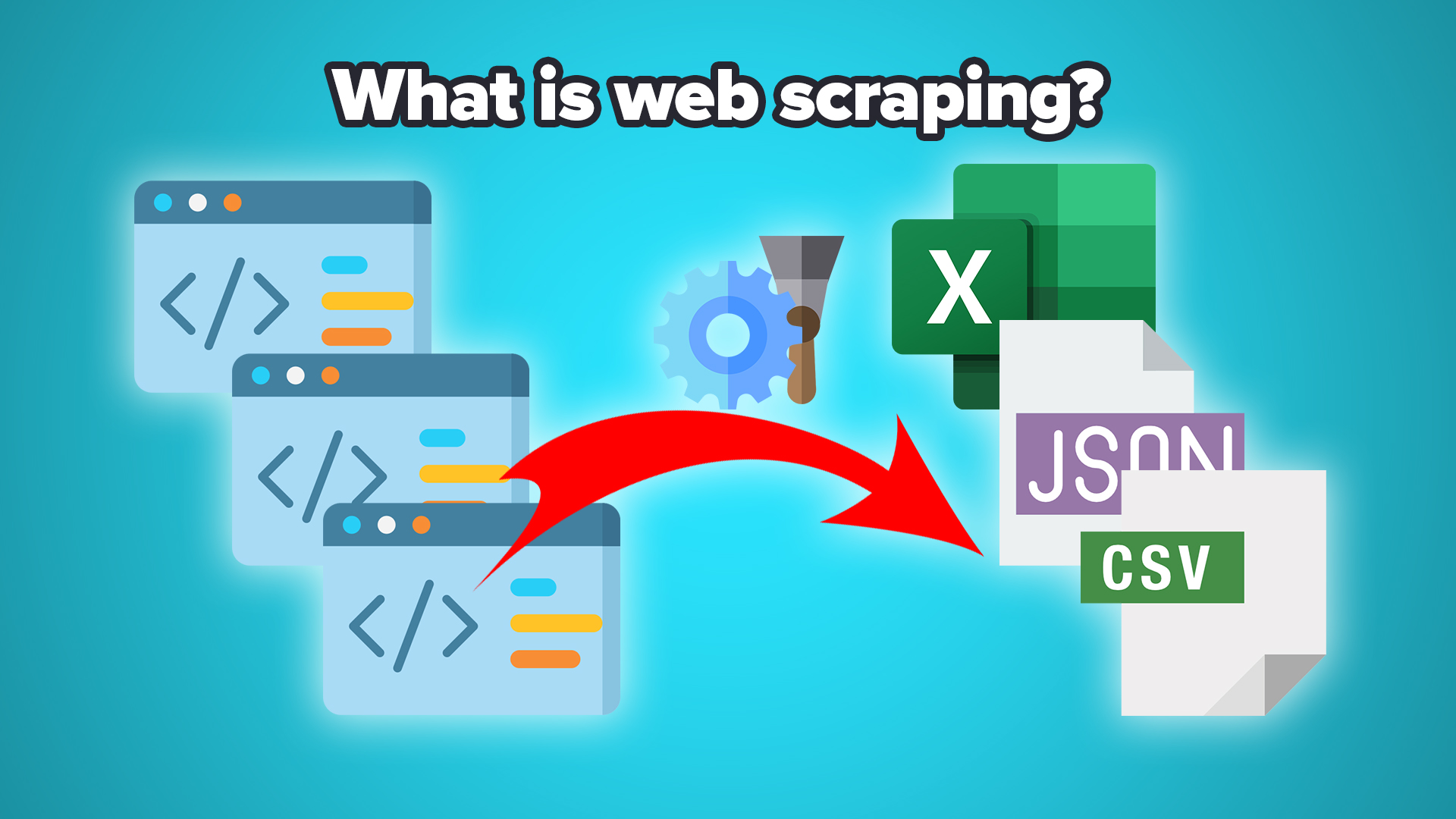Web scraping and proxy scraping are fundamental techniques used to gather data from websites while minimizing the risk of being blocked or detected. By masking the IP address of the scraper, proxies enable users to scrape data more effectively and efficiently. In this article, we will explore advanced techniques for proxy scraping, offering valuable tips and tricks to enhance your scraping endeavors.
Understanding Proxy Scraping
Proxy scraping involves the use of proxies to hide the IP address of the scraper. Proxies act as intermediaries between the scraper and the target website, forwarding requests and responses on behalf of the scraper. This allows the scraper to access websites without revealing their true location, reducing the risk of being blocked or detected.
Types of Proxies
Several types of proxies can be used for scraping:
- Residential Proxies: These are IP addresses assigned to homeowners by their Internet Service Provider (ISP). They are considered more legitimate and less likely to be blocked by websites.
- Datacenter Proxies: These are IP addresses provided by a datacenter. They are often used for scraping but are more likely to be detected and blocked by websites.
- Rotating Proxies: These are proxies that rotate IP addresses at regular intervals, making it difficult for websites to detect and block them.
- Reverse Proxies: These are proxies that sit between the scraper and the target website, forwarding requests and responses to mask the scraper’s IP address.
Tips for Effective Proxy Scraping
To make the most of your proxy scrape efforts, consider the following tips:
- Use a Reliable Proxy Provider: Choose a proxy provider that offers reliable, high-quality proxies with good uptime and low ban rates.
- Rotate Proxies Regularly: To avoid detection and blocking, rotate your proxies regularly, switching between different IP addresses.
- Use Proxies with Geotargeting: If you need to scrape data from specific regions, use proxies with geotargeting capabilities to simulate requests from those regions.
- Avoid Overloading Proxies: Be mindful of the number of requests you send through each proxy to avoid overloading them, which can lead to bans or blacklisting.
- Monitor Proxy Performance: Keep track of the performance of your proxies, including uptime, response times, and ban rates, to ensure they are working effectively.
Best Practices for Proxy Scraping
To further enhance your proxy scraping efforts, consider implementing the following best practices:
- Use Headless Browsers: Headless browsers like Puppeteer or Selenium can be used with proxies to simulate human-like browsing behavior, reducing the risk of detection.
- Implement Delay Between Requests: To mimic human behavior and avoid triggering anti-scraping measures, implement a delay between requests.
- Use User Agents: Set different user agents for your requests to make them appear more like legitimate browser requests.
- Handle CAPTCHAs: Implement CAPTCHA-solving mechanisms to handle CAPTCHAs that may be encountered during scraping.
Conclusion
Proxy scraping is a valuable technique for collecting data from the web, but it requires careful planning and execution to be effective. By following the tips and best practices outlined in this article, you can enhance your proxy scraping efforts and achieve better results.



